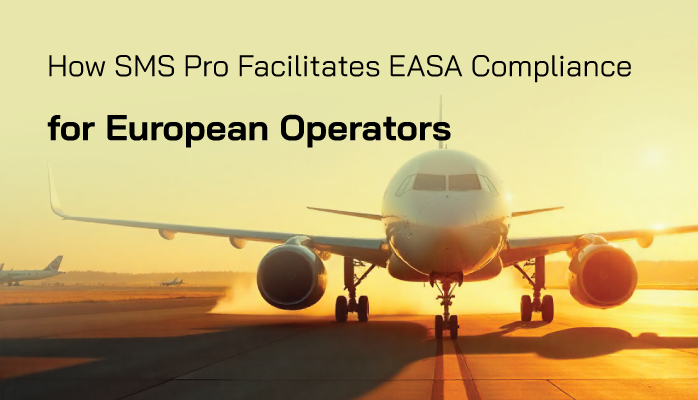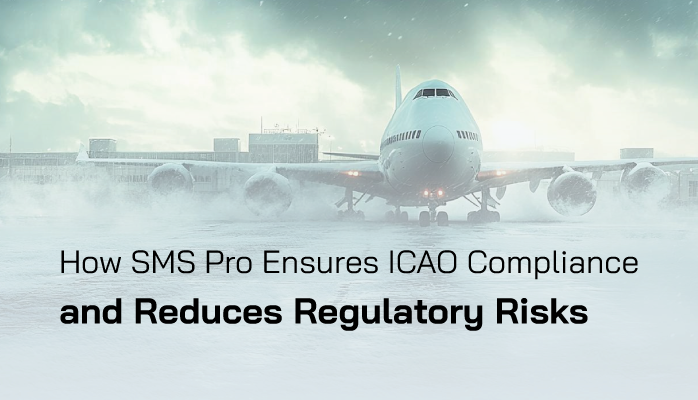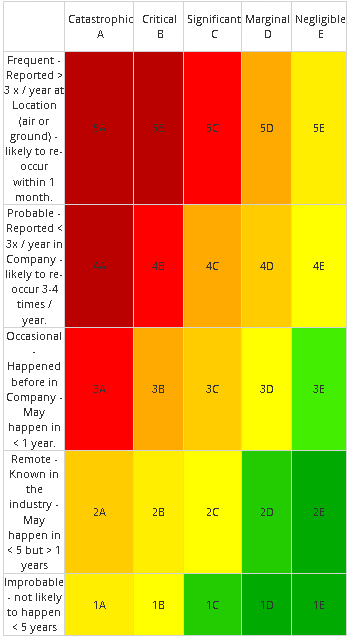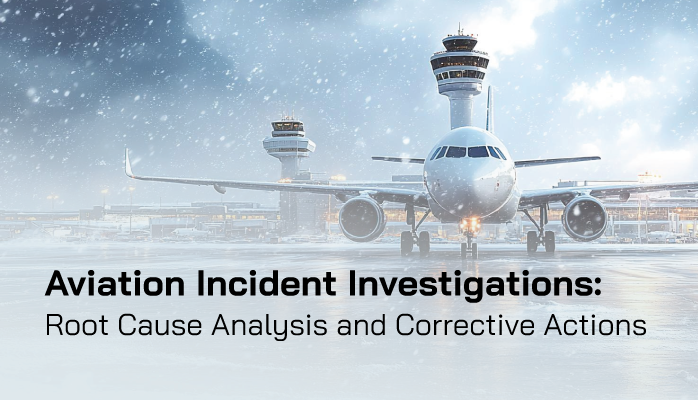Introduction: The Data Revolution in Aerial Inspections
Aerial inspections of power lines, conducted by helicopters and drones, are critical for maintaining electrical grid reliability and preventing catastrophic failures. However, these operations face significant safety risks, with the Federal Aviation Administration reporting that 70% of utility aviation incidents stem from human factors, costing millions annually, per the International Air Transport Association.
Advanced sensors and high-definition cameras generate vast data, but without analytics, operators miss opportunities for predictive maintenance and risk mitigation. SMS Pro’s aviation SMS software leverages cutting-edge analytics to process this data, achieving a 15% downtime reduction and aligning with ICAO Annex 19 and FAA Part 5 standards.













